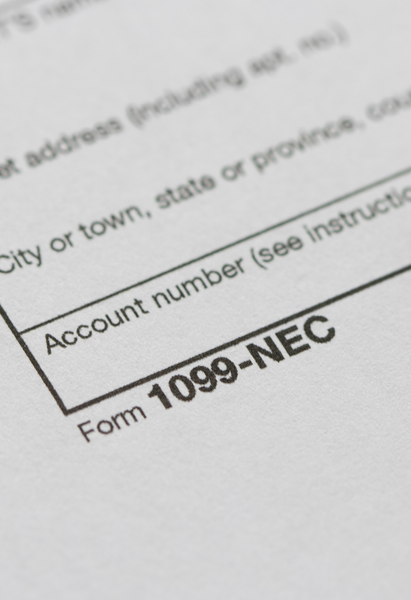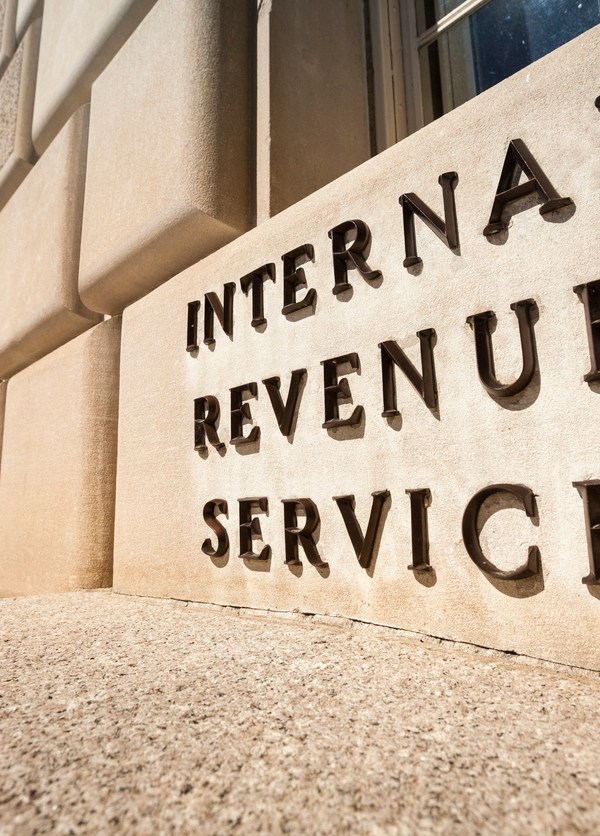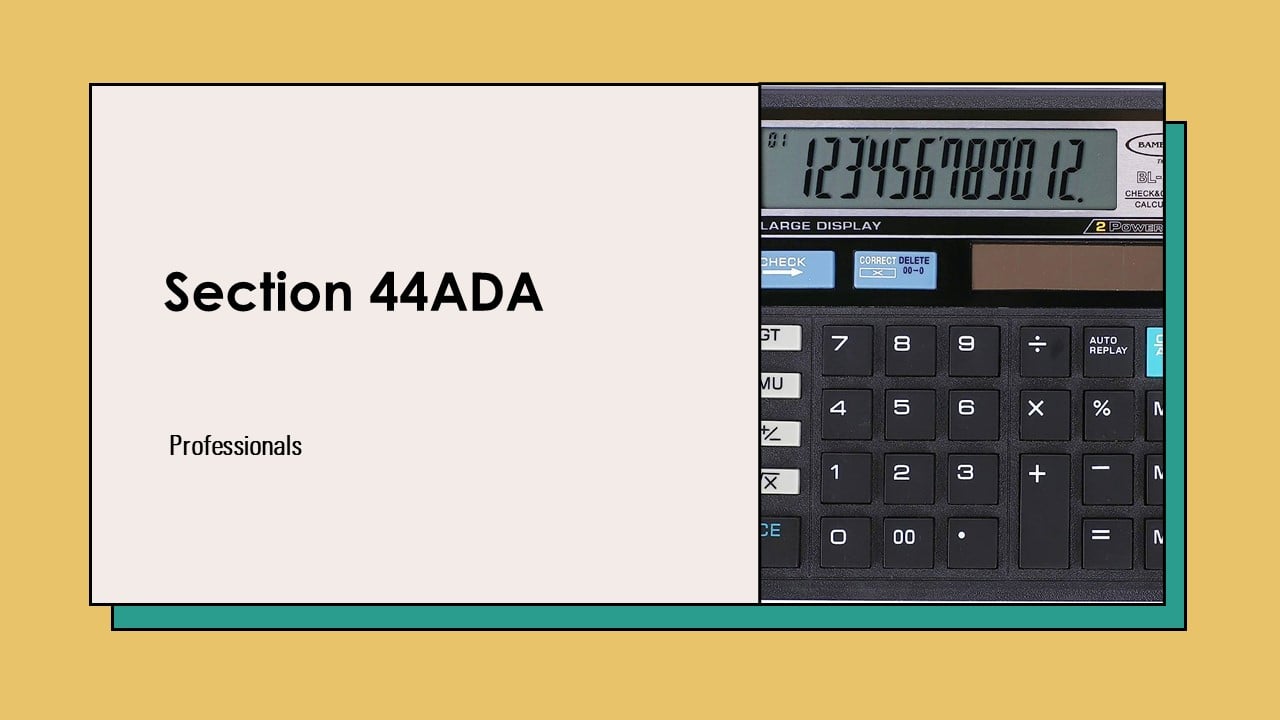One way to improve your situation is to get a side gig. A new side job can help you boost your income and increase your financial stability.
I started the Bargaineering blog as a side gig because I needed something to do at night after I went home from a day of work. I thought it would be fun to start a blog about personal finance since it was something I was interested in (weird, right?). After a few months, it started to bring in some advertising revenue, and I was figuring out what I needed to do about taxes.
So, if you’re thinking about a side gig, now’s the best time to start preparing for tax season!
Apply for an EIN
If you plan to make your side job a business, and you don’t want to use your own Social Security/Tax Identification number as part of the paperwork, you need to apply for an Employer Identification Number from the IRS. This is the number you will use when you fill out W-9 forms as a contractor, and it is what will go on your business tax return (if you have to file one).
Keep Good Records
When you have a side job, if you want to be able to deduct expenses related to your side job or if you want to make sure that your income is accurately reported, you need to keep good records.
Record all of your income from clients and then compare it with final reports and 1099 forms you get at the end of the year. You should also keep all receipts from your expenses related to your side job because those can be deducted from your income. To help, TurboTax Self-Employed has a new industry-specific deduction feature that finds tax-deductible business expenses that are specific to your industry and that you may not know you can claim, saving you money.
It’s also a good idea to keep notes. If you drive your car for your side job, note mileage and track that. If you take a client out to a business lunch, make sure you note what you talked about so that you can recall the details and prove that you really are claiming an appropriate business deduction for the situation. You can write directly on the back of the receipt or keep notes separately. You can use QuickBooks Self-Employed to easily track your income, expenses, mileage, capture your receipts, and estimate your quarterly taxes year-round. Your information can then be easily exported to TurboTax Self-Employed at tax time.
Be Aware of Estimated Tax Payments
Since our tax system is a pay-as-you-go system, be sure to know when you need to make estimated tax payments throughout the year if your side gig is not withholding any income for tax purposes. If you are being paid as a contractor, they are probably not withholding income. TurboTax can help you estimate how much you should pay.
Use Tax Software
The tax return you file for your business might also be a little different. If your side job comes with an actual structure, such as S-Corp or C-Corp, rather than just being termed a sole proprietorship, you will need to file a separate tax return for your business. Whether you are a sole proprietor or your business is a corporation, TurboTax can help you easily file your taxes.
Don’t worry about knowing these tax rules. Meet with a TurboTax Full Service expert who can prepare, sign and file your taxes, so you can be 100% confident your taxes are done right. Start TurboTax Live Full Service today, in English or Spanish, and get your taxes done and off your mind.
2 responses to “New Side Job: What Do You Need Before Tax Time?”
















